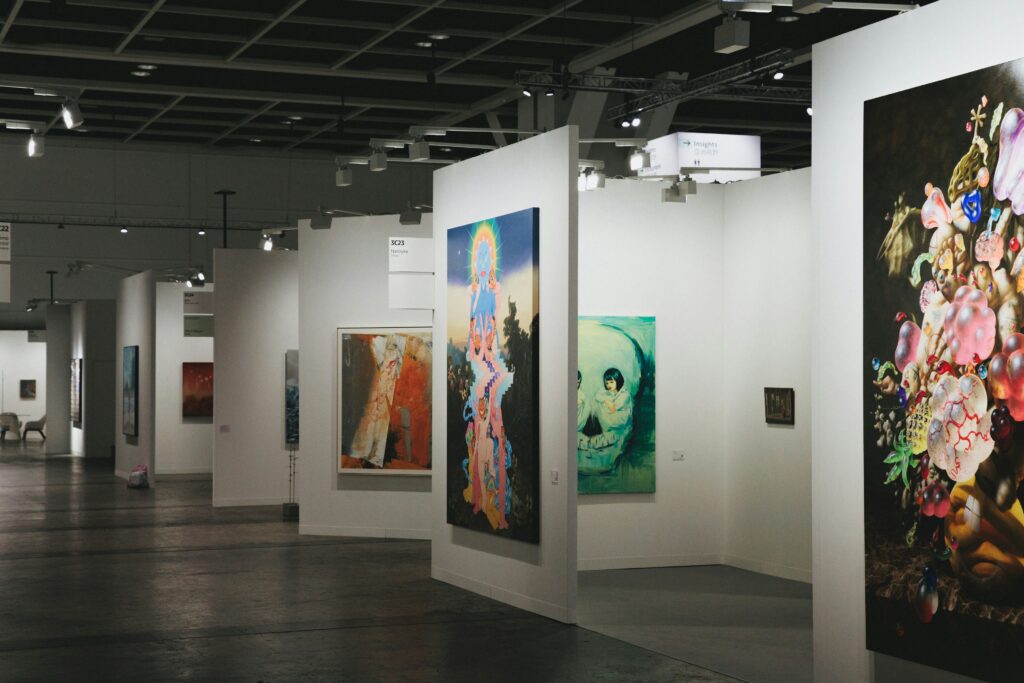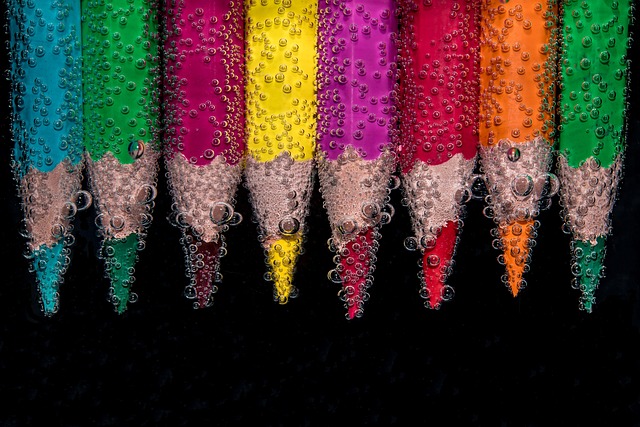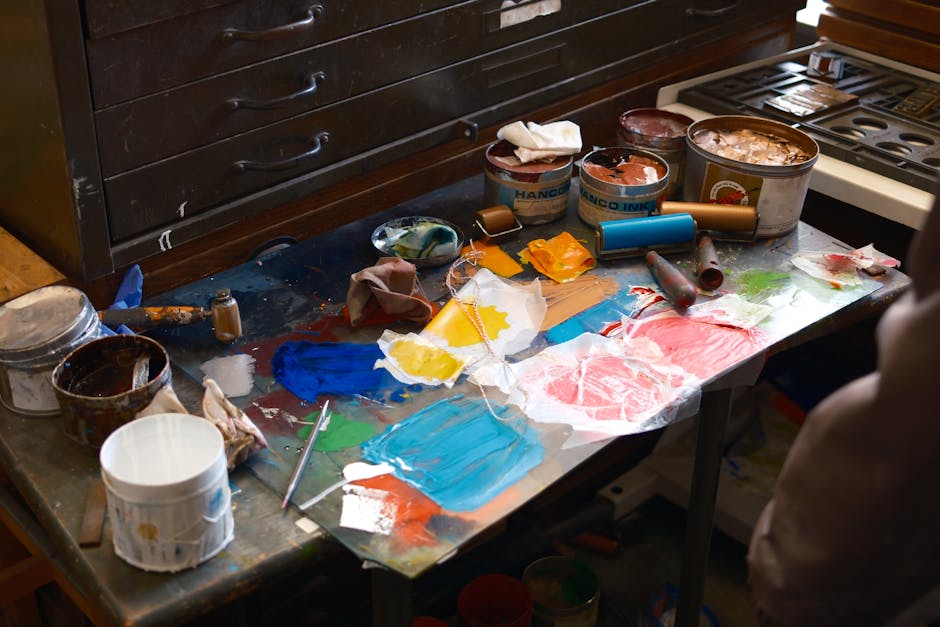Contemporary art markets aren’t confined by borders anymore. What used to be driven by a few cities—like New York, London, and Paris—is now a decentralized web of galleries, fairs, collectors, and online platforms spread across the globe. A piece can be created in Lagos, picked up by a curator in Berlin, and sold to a collector in Seoul—all without anyone hopping on a plane. Still, air miles get logged. Art Basel has satellites in Miami and Hong Kong. Independent galleries are popping up in cities that once sat outside the scene.
For artists, this global access means a wider audience and more opportunity. For collectors, it’s a chance to find work outside the usual suspects, to diversify their portfolios and make impact-based buys. And for institutions, there’s pressure to stay relevant—curating shows that speak across borders and communities. The internet makes it possible. Travel and cultural exchange make it real. Globalization isn’t just a market trend. It’s the new normal—and everyone involved has to move with it.
The global art world isn’t just waking up — it’s shifting borders. Over the last few years, international art fairs and biennials have exploded in both size and number. From Seoul to Sharjah, regional events aren’t just echoing Western formats. They’re drawing their own map, defined by local voices and cross-cultural dialogue. These gatherings are giving artists outside Western strongholds their stage, and collectors are paying attention.
Meanwhile, the digital pivot that started during the pandemic has found long-term traction. Galleries have upgraded their virtual offerings. Platforms once meant for in-person awe are now translating into clicks, walkthroughs and even blockchain-backed sales. For many creators, virtual visibility means global reach without a plane ticket. The logistical friction has dropped. The competition has not.
Then there’s the money. Economies in Asia, the Middle East and parts of Africa are growing, and with growth comes buying power. Local collectors from Lagos to Dubai aren’t just passive observers of the Western market. They’re active players who shape demand. Blue-chip auction houses and major galleries know it. They’re expanding offices and presence to meet this new collector class where they live and buy.
If the last era of art was about central hubs, this one is spreading. Fast. The gatekeepers are changing faces, and who gets seen — and paid — is too.
How Cities Like Hong Kong, Seoul, and Dubai Are Changing Art World Geography
The art world is no longer tethered to New York, London, or Paris. Cities like Hong Kong, Seoul, and Dubai are redrawing the global map. They’re not just hosting fairs—they’re cultivating hometown talent, building infrastructure, and attracting collectors who would’ve flown west just a few years ago.
In Seoul, the rise of Frieze and a booming local collector base are pulling international galleries east. Meanwhile, Hong Kong’s art market remains strong, thanks to strategic shifts in policy and support from a growing class of regional buyers. Dubai is playing the long game with massive investment in museums, creative districts, and platforms like Art Dubai that spotlight Middle Eastern and South Asian artists.
The result is momentum from the margins. Western success still matters but it’s no longer the only path. Artists like Salman Toor, who jumped from Lahore to New York, and Suh Yongsun, who gained traction from Seoul to Berlin, show that exposure can start anywhere now. Global visibility isn’t a bonus—it’s becoming the baseline.
Art Without Borders: Global Aesthetics and Digital Expression
Blending Styles Across Cultures
Today’s visual landscape is being reshaped by hybrid styles and cross-cultural aesthetics. Artists are increasingly drawing inspiration from multiple cultural sources, fusing traditional techniques with modern digital approaches. This global fluidity reflects an interconnected world where boundaries between cultures, mediums, and identities are becoming more porous.
- Visual art that blends Eastern and Western elements
- Fashion and media mashups redefining authenticity
- Cultural exchange seen through the lens of the internet
Art Responding to Global Realities
Cross-border issues are driving a new wave of creative expression. Artists are using their platforms to address urgent social, political, and environmental challenges. Their work becomes conversation starters—connecting global audiences around shared concerns.
- Climate change storytelling through digital installations
- Artworks highlighting global migration and displacement
- Protest art going viral with international reach
The Rise of Post-Internet Art
Post-Internet art is no longer niche—it’s the language of a digitized generation. These works aren’t just created for the internet; they emerge from it, expressing how technology, connectivity, and virtual spaces shape culture today.
- Digital-native artists experimenting with AI, VR, and online archives
- Glitch aesthetics and meme culture influencing galleries
- Works that question the line between reality and simulation
Explore further: A Guide to Post-Internet Art and Its Impact
Commercialization vs. Cultural Integrity
As vlogging scales up globally, the tension between visibility and authenticity has sharpened. Cultural storytelling is in high demand, but not always handled with the care it deserves. Some creators from major markets are cashing in on niche traditions, customs, and aesthetics with little engagement or feedback from the communities they portray. It’s turning local heritage into viral content, and raising questions around respect, agency, and ownership.
Meanwhile, vloggers in smaller or non-Western markets often face steeper hurdles. They’re dealing with fewer brand deals, slower internet infrastructure, and less algorithmic visibility. Despite representing the cultures being commodified, their stories are sidelined by louder, more marketable voices. The landscape is not level. It favors those with access, equipment, and distribution muscle.
Then there’s the legal and logistical stuff that keeps creators up at night. Importing specialized gear, navigating copyright for music or footage, and verifying the authenticity of cultural artifacts all come with a learning curve. For vloggers operating across borders or filming in complex cultural contexts, it’s not just about storytelling—it’s about doing the homework and respect work, too.
The lines between open access and exclusivity in the art world are blurring. On one hand, digital platforms, NFTs, and social media have opened doors for creators from all corners of the globe. Anyone can publish, sell, or build a following. But with that access comes a new kind of gatekeeping—driven by tech, hype cycles, and often, cold cash.
NFTs and blockchain were pitched as tools of artistic freedom. And in many ways, they delivered—no middlemen, instant provenance, global reach. But what started as a disruptor is now hosting its own elite. Crypto-backed collectors, curated marketplaces, and algorithm-fueled popularity have created a system that’s open, yes, but still favors trends and big spending.
Layered on top of that is AI. Artists are using it to speed up ideation and production, but it’s also raising questions about authorship, originality, and value. When anyone can generate a gallery in minutes, what makes one piece worth more than another?
With more content than ever flooding the space, critical curation matters. Real voices with real taste—critics, curators, and collectors who know the difference—are essential in separating noise from signal. The biggest shift? Success can now come from a small, intentional audience, not a vast, passive one. In this crowded digital gallery, being seen still requires sharp taste and sharper intent.
The art world isn’t confined by geography anymore. Whether you’re an artist uploading work from Nairobi or a curator planning a show in Berlin, you’re working in a global arena. Online platforms, auction houses, and virtual exhibitions have flattened the borders—and with that, the rules have changed.
Now, it’s not just about what sells. It’s about understanding the cultural frameworks that shape taste, dialogue, and criticism in different corners of the world. A piece that resonates in Tokyo might fall flat in São Paulo. Collectors are looking for work that crosses borders but still feels grounded.
Artists and curators who succeed today are the ones who pay attention. They don’t just follow trends—they read deeply, collaborate internationally, and take the time to listen. It’s not about global exposure; it’s about global literacy. If you want staying power, cultural fluency is the real currency.




